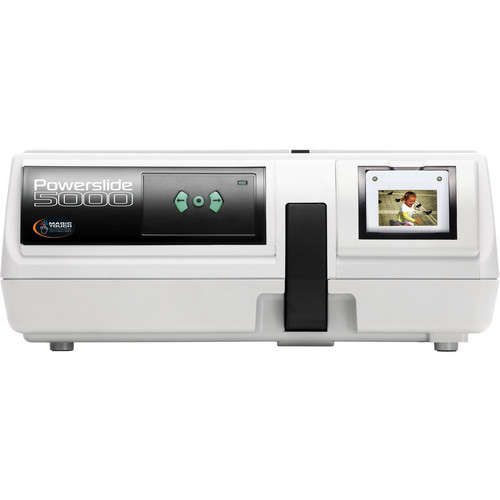The old Kodachromes look good but the 56 year old slide mounts are warping and delaminating so they have feed problems. Once you get past all that the output is nice and tech support has been very helpful. It's been a royal pain but worth it to preserve these old family photos. There has got to be a better way though. Joe
I'm not anti digital let's get the clear first. This concerns me, the 'chromes have lasted 56 years with no intervention from you and your trust is that a digital archive will preserve them?
That's just like the data I have on 51/4 floppies, Zip drives, digital tapes in the loft. Sure with some, mighty, effort I could find hardware to read them and transfer to the current digital storage medium, rinse and repeat every what five years for security, with backups of course.
By all means digitally copy to share and post but whatever you do consider re-mounting and preserve the originals in optimum physical conditions DO NOT DUMP THEM, I have seen that far too often.
BTW I am delighted with my V850 for general work, if I wanted to print big I would send out for a drum scan, another skill set entirely.
ASIM QUOTE
didn't think that a flatbed scanner could scan slides properly without magnifying dust particles a lot. I also thought they wouldn't be able to handle the color so well.
I don't understand why you think a flat bed would magnify the dust, any scanner will magnify anything on the slide by the same amount, the dust is not preferentially exaggerated, you just see it more clearly. ICE works but at some expense of quality if you are really picky.
Just IMHO.




